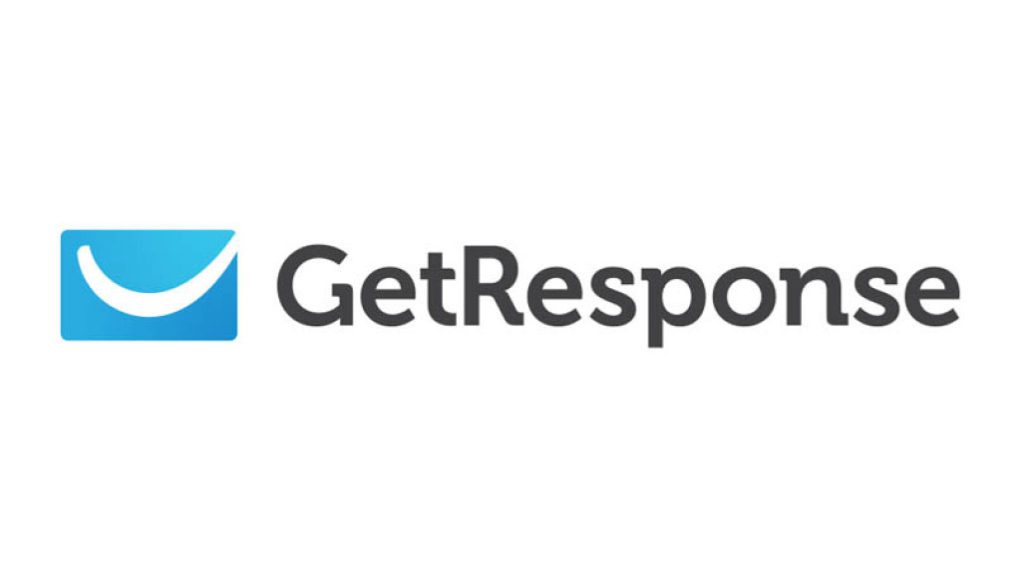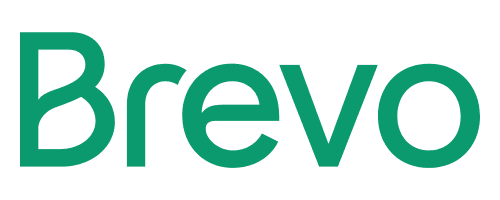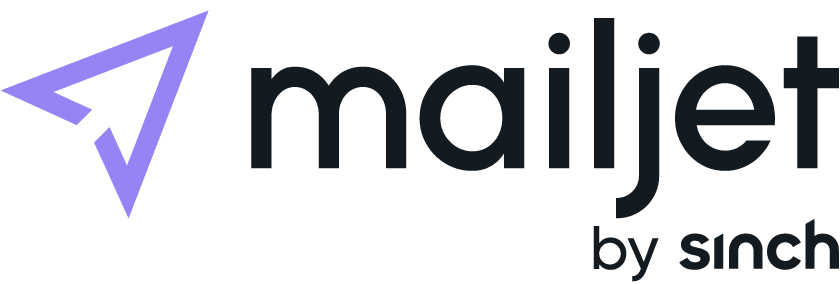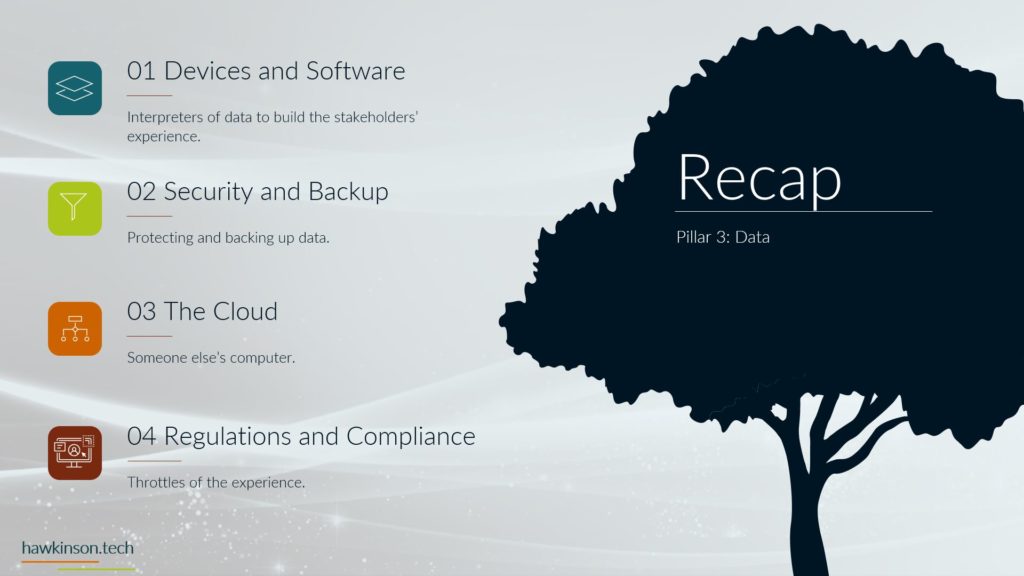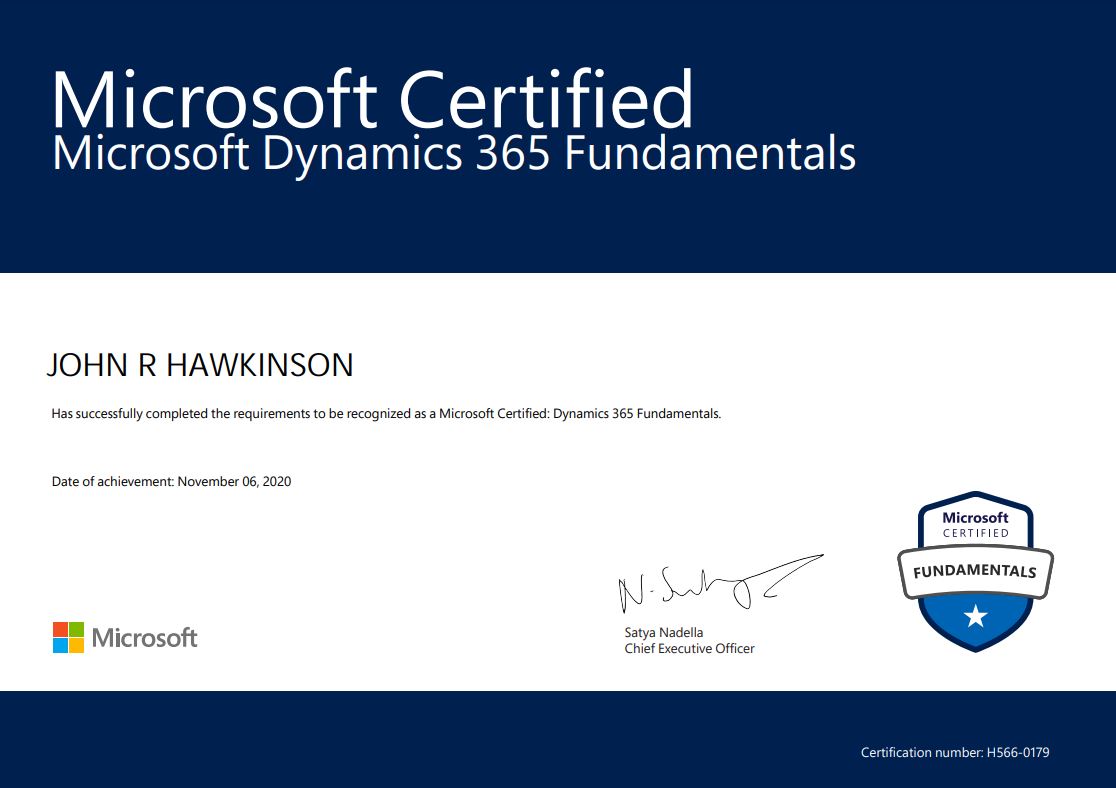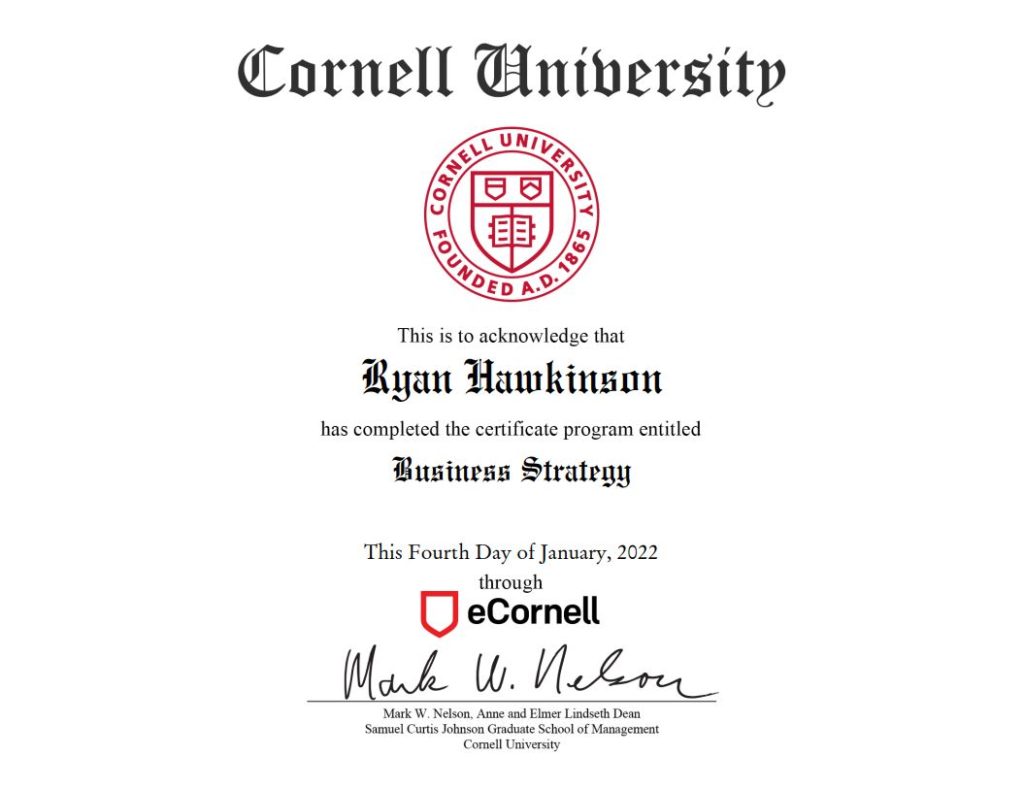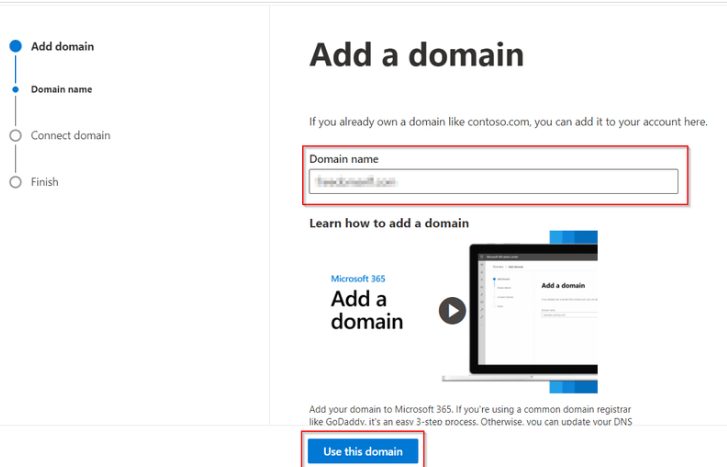In today’s digital landscape, stakeholders are pivotal in shaping a company’s success. This article delves into the different types of stakeholders and their impact on the overall company experience. By understanding the dynamics between internal and external stakeholders, as well as the concept of mixed stakeholders, organizations can create engaging digital interactions that meet the needs of their audience.
Internal Stakeholders: Unveiling Transparency
Internal stakeholders are primarily the employees who form the organization’s backbone and contribute to its day-to-day operations. While contractors or suppliers may also have internal relationships with the company, they are typically considered separate entities. Recognizing the importance of internal stakeholders as key contributors to the company experience is vital for fostering a cohesive and successful digital environment.
External Stakeholders: Embracing Customer-centricity
External stakeholders, such as customers and clients, are the primary focus regarding company experience. These individuals engage with the company in various ways, seeking specific outcomes and results from their interactions. Understanding external stakeholders’ unique requirements and expectations is crucial for delivering exceptional digital experiences that meet their needs.
Mixed Stakeholders: Navigating Complex Relationships
Mixed stakeholders represent a third category, suppliers and contractors, with multifaceted relationships with the company. These stakeholders may bring their equipment or have strong ties to other organizations while collaborating closely with the company. Navigating the complexities of mixed stakeholder relationships requires organizations to adapt and cater to their specific requirements, ensuring effective and harmonious working relationships.
Layers, Funnels, and Business Processes: Mapping Stakeholder Journeys
Stakeholder interactions within the company involve multiple layers, each representing a distinct stage or relationship. These layers encompass the onboarding, employment, collaboration, and departure phases. Funnels are crucial in the company experience, guiding stakeholders through these different layers. Organizations can refine and optimize stakeholder journeys by breaking funnels into specific business processes, leading to higher satisfaction and engagement.
Devices: Enabling Seamless Interactions
In the digital realm, stakeholders rely on various devices to engage with a company’s digital ecosystem. Organizations must understand stakeholders ‘ diverse device preferences and requirements, from personal smartphones and tablets to company-provided desktop computers or specialized tools. Organizations can maximize stakeholder engagement and satisfaction by providing a compatible, user-friendly digital experience across devices.
Software: Empowering Digital Interactions
Software plays a pivotal role in facilitating stakeholder interactions within the digital landscape. Stakeholders use various software systems, including communication platforms like Microsoft Teams or Zoom and comprehensive CRM tools. Leveraging software empowers organizations to foster efficient and meaningful digital interactions, enhancing collaboration and productivity.
Data: The Backbone of Digital Experience
Data serves as a critical component of the digital experience ecosystem. It underpins decision-making processes and enables personalization and customization. Organizations that harness data effectively gain a deep understanding of stakeholder behaviors, preferences, and needs. By leveraging data, organizations can tailor digital experiences, drive continuous improvement, and deliver exceptional value to stakeholders.
Conclusion
Stakeholders are the cornerstone of company experience in the digital era. By comprehending the dynamics between internal and external stakeholders, navigating the complexities of mixed stakeholder relationships, mapping stakeholder journeys through layers, funnels, and business processes, optimizing device interactions, leveraging software effectively, and harnessing the power of data, organizations can create transformative and impactful digital experiences. In the next chapter, we will explore the importance of stakeholder lenses and their influence on the company experience.















